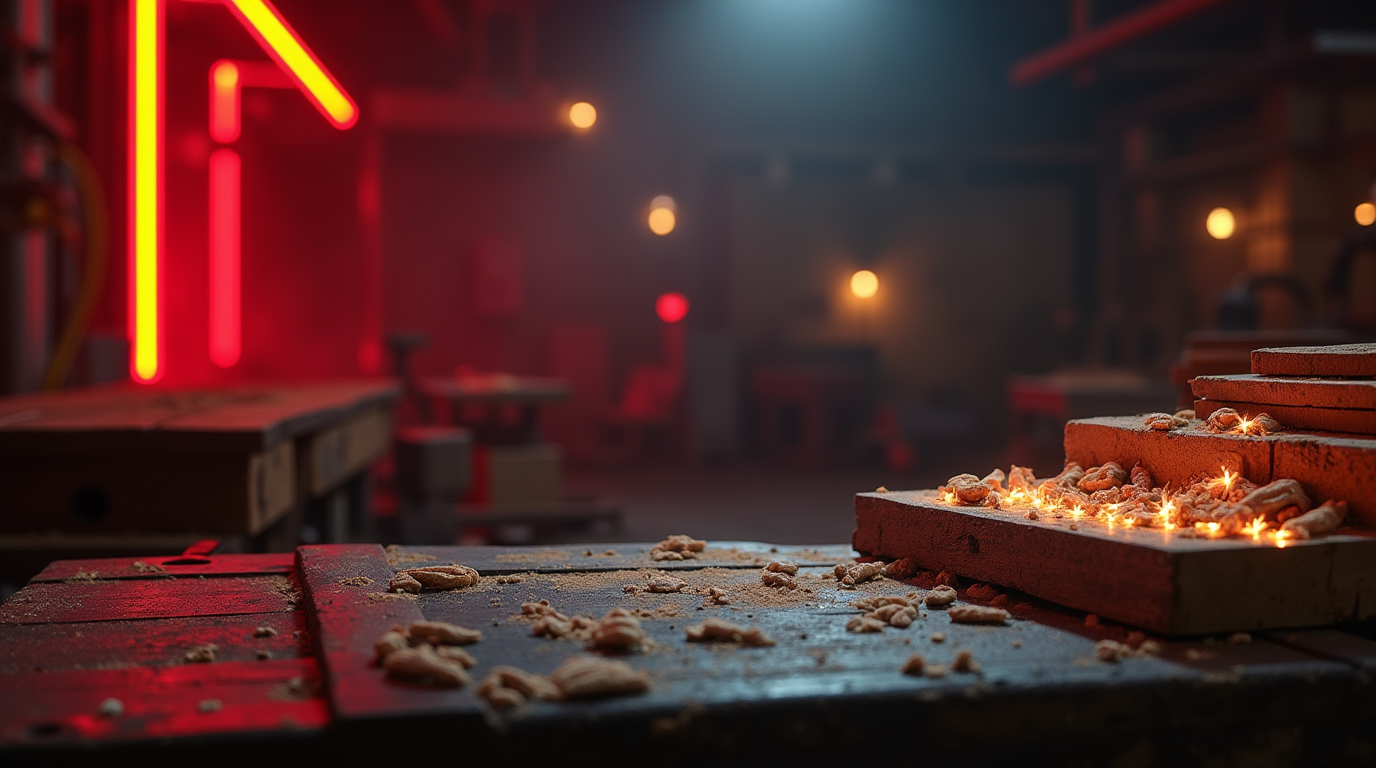#Identity card: the ArtWood Academy in Lentate sul Seveso is a vocational school that gives students the opportunity to obtain a three-year diploma or a Professional Technician diploma (after the integrative year) and is also an ITS (Istituto Tecnico Superiore), a post-graduate training course in ‘Sustainable Design in the Wood Furnishing Sector’. It is part of the group of institutes set up by ASLAM (Associazione Scuola Lavoro Alto Milanese), a body accredited by the Lombardy region. It operates in the fields of training, orientation and employment services. We spoke to Simona Motta, ASLAM’s coordinator for the training area.
#flashback: How did ASLAM and your school come about? ASLAM was born out of the need to connect school, students and the world of work, particularly trade associations. The founder, Angelo Candiani, wanted to base himself on the principle of Renaissance workshops, those in which the student was in direct contact with the master. This is also why the ASLAM schools are always well rooted in the area: here in Lentate, the woodworking sector was immediately considered, because it was also the area’s strong point and there was a strong demand for qualified personnel from companies and trade associations. In the Milanese province and beyond (we also have a facility in Cagliari) we have drawn on other entrepreneurial knowledge present in the area: there are courses for workers in the aerospace, thermo-hydraulics, mechanics, logistics, and shipyards sectors. Here in Lentate sul Seveso we can count on a very recent structure, and our laboratories are equipped with the same tools that can be seen in a real production department today.
#sustainability: is there room for sustainability in your path, in the way you teach how to work with a raw material so closely related to nature like wood? I could answer simply by talking about the environment, the structure that houses our young people. Here in Lentate, in Via Gnocchi where we are today, there used to be a building dating back to the first half of the 20th century, used as a railway yard for goods during the war. Aslam decided to reuse this space, reclaim it, because it had been contaminated by toxic substances in the meantime, and bring it back to light without contributing to the waste of soil. Moreover, everything here is made of wood, even the supporting structures. There is also a reuse of beauty: in a room of our institute, where we also welcome visiting students for open days, there are many objects from the Milan Design Week of previous years. Everything we teach, then, is influenced both by the experience of many teachers, employed in the wood industry for a lifetime, and by new innovations that make the supply chain more sustainable.
#looking ahead: in this case it is not a look at the world and thus internationalisation, but a look at the future: specifically what are the strengths in your training?
They are different: first of all, it has to be said that vocational schools do not enjoy a good reputation, they are considered addresses for those who ‘don’t want to study’. We, on the other hand, value this choice and immediately show the students what it means to spend a skill in their field. Our labs allow for all classes to rotate, so from the very beginning the students learn to be familiar with the machinery that is actually used in the company. In our computer labs, the students spend several hours because digital skills are becoming more and more crucial, even in the part of making high-quality wooden objects. All this would not be possible without teachers who belong to the business world, some of whom are in their early thirties and have themselves graduated from the ArtWood Academy, others have been workers in the wood design industry for decades and are now retired, but are still keen to pass on what they have learnt in the course of a professional life. Another great strength is the in-company training that our young people complete in local companies, often alternating between time in the classroom.




